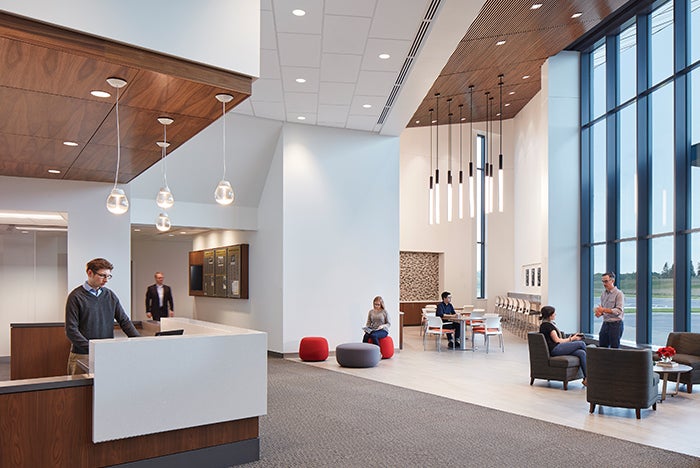Curbing the costs of rural health care construction
Despite their financial challenges, many rural organizations find that they must invest in — or even replace — their facilities. For some, the cost of maintaining aging structures has reached unsustainable levels, and infrastructure failures threaten their ability to reliably provide care. For others, investment is motivated by competition for physicians or service lines. Unfortunately, rural hospitals considering facility investments may encounter surprisingly high construction costs.
Many pay a labor premium driven by a shortage of local construction workers — particularly those with the skills and experience required for complex health care projects. The Great Recession exacerbated this shortage; workers switched industries or geographic locations to make ends meet and did not return once the construction industry rebounded.
As a result, rural projects frequently use out-of-town labor, which can incur sizable travel and lodging expenses. When the construction industry is busy as it is now, rural facilities may also have difficulty generating project interest due to travel requirements, driving up costs substantially. Finally, material costs can be surprisingly high due to limited availability and challenging transportation routes.
How can rural health care organizations mitigate the impact of these costs? The following strategies may help:
- Source locally where possible. Rural communities often have resources in landscape installation and interior furnishings, if not health care construction. Local companies may offer discounts to support community economic health and using regional products reinforces community partnerships and character. Jefferson County Health Center in Fairfield, Iowa, for example, used benches and stained glass salvaged from a local church to furnish its new chapel. This reduced expenses while showcasing the community’s rich history.
- Research the market. The construction manager for Samaritan North Lincoln Hospital in Lincoln City, Ore., worked to time bid packages with regional subcontractor availability to encourage competition. They targeted firms in Salem, Ore., because some considered the commute to Lincoln City more attractive than the shorter but busier trip to Portland, Ore.-based projects. Additionally, one subcontractor found that renting a local warehouse to fabricate ductwork and piping was less expensive than using space the company owned in distant locations due to the transportation costs.
- Explore nontraditional partnerships. Rural hospitals are increasingly teaming with other community organizations to construct space that serves multiple functions and entities. This enables pooling of scarce community resources and encourages creative health care treatment opportunities. For example, a critical access hospital in northern Minnesota is exploring a partnership with a local branch of the YMCA to construct a new, wellness-oriented addition to their existing hospital. Leveraging YMCA space for rehab treatments and sharing conference and support space could result in significant cost savings.
- Consider prefabrication. Prefab construction minimizes material waste, speeds construction and enhances quality control. It also limits the number of workers needed on-site, potentially reducing the premium paid for long commutes. In recent years, this construction method has attracted the interest of both urban and rural health care project teams.





